Templo Cheongansa (천간사)
10.8Km 2021-09-28
Bulgwang-ro 10-gil 20-8, Eunpyeong-gu, Seúl
Originalmente, el templo Cheongansa fue construido en 1960, pero por obras de urbanismo fue demolido y construido de nuevo en 2009. Por su diseño único y belleza arquitectónica, fue galardonado con el premio al Mejor Hanok de Corea en 2011.
Galería de Arte en Papel Coreano de S.J. Cho (조수정 한지그림 갤러리)
10.9Km 2021-12-03
Teheran-ro 92-gil 14, Gangnam-gu, Seúl
+82-2-501-1505
Esta galería de arte está dedicada al papel tradicional coreano hanji, y abrió sus puertas en julio de 2011. El arte del hanji consiste en utilizar una gran variedad de colores para crear diversas imágenes, pero sin pinturas ni pinceles. El papel puede ser rasgado, doblado, arrugado o en diferentes formas para crear una obra de arte única. La galería también es el centro de la Organización del Arte de Hanji de Corea, la cual contribuyó significativamente en la popularización del arte del hanji en los últimos 30 años. Durante la visita, se pueden degustar bebidas tradicionales o café, observar el monte Bukhansan o elaborar el papel hanji.
Rain Report Croissant (레인리포트 크루아상)
10.9Km 2023-08-24
Seongsu-dong 2-ga 269-202, Seongdong-gu, Seúl
Tumba Real Jeongneung en Seúl (서울 정릉) [Patrimonio Cultural de la Humanidad de la Unesco]
10.9Km 2021-01-27
Arirang-ro 19-gil 116, Seongbuk-gu, Seúl.
+82-2-914-5133
La tumba Jeongneung es la tumba real de la reina Sindeogwanghu, que era la esposa de Taejo, el primer rey de la dinastía Joseon. En aquella época el rey, según las tradiciones del antiguo reino Goryeo, tenía dos esposas: una en Seúl, que llega a ser la reina Sindeogwanghu, y otra en su tierra natal. La Sra. Han, su esposa en su tierra natal, murió antes de que Taejo subiera al trono, por lo que fue la Sra. Kang quien tuvo el honor de ser coronada como reina.
Taejo tuvo dos hijos con la reina, pero aquellos príncipes murieron durante la revolución liderada por su hermanastro Lee Bang-won. Después de esta tragedia, Taejo perdió el interés por la política y dedicó la mayoría de su tiempo a orar por su esposa e hijos en los templos budistas situados en Jeongneung.
Sohojung - Yangjae Branch (소호정 양재)
10.9Km 2021-03-29
27, Nonhyeon-ro, Seocho-gu, Seoul
+82-2-579-7282
It has been featured in many TV programs. This Korean dishes restaurant is located in Seocho-gu, Seoul. The most famous menu is Andong noodle.
Starbucks - Gyeongdong 1960 (스타벅스 경동1960)
11.0Km 2023-11-24
Gosanja-ro 36-gil 3, Dongdaemun-gu, Seúl
Museo de la Medicina Tradicional Yangnyeongsi de Seúl (서울약령시 한의약박물관)
11.0Km 2023-04-06
Yangnyeongjungang-ro 26, Dongdaemun-gu, Seúl.
Situado en el mayor centro de distribución de hierbas medicinales de Corea y Bojewon (especie de clínica gratuita de la dinastía Joseon), el Museo de la Medicina Tradicional Yangnyeongsi es un espacio cultural establecido para promocionar, conservar y promover la cultura médica tradicional coreana ante el mundo a través de la exhibición de artículos médicos y hierbas medicinales.
Abierto el 13 de de septiembre de 2006, el museo tiene un área de 2.335 ㎡ y expone 420 artículos médicos y 350 tipos de hierbas medicinales. También cuenta con miles de libros y documentos que ayudan a entender fácilmente la información de cada una de las hierbas.
Samjungbokjip (삼정복집)
11.0Km 2020-01-30
626, Bongeunsa-ro, Gangnam-gu, Seoul
+82-2-3447-3030
Samjung is the first and oldest Korean blowfish specialty restaurant. It has been serving raw blowfish courses for 3 generations. The chefs are quite skilled, able to detoxify a blowfish and serve it up to eat in just five minutes.
Museo Chunghyeon (충현박물관)
11.0Km 2021-07-14
Ori-ro 347-beongil 5-6, Gwangmyeong-si, Gyeonggi-do.
Es un museo que se dedica a preservar el legado de la cultura relacionada con los académicos confucianos de la dinastía Joseon. El establecimiento del museo pertenece a la casa del maestro Lee Won-ik, una figura clave de la cultura de los eruditos, quien también ejerció un alto cargo del gobierno durante la época Joseon. El museo expone una variedad de reliquias y patrimonios vinculadas a los académicos confucianos.
Parque Ecológico del Monte Gwanaksan (관악산 생태공원)
11.1Km 2021-02-02
Seoksu-dong, Gwanak-gu, Seúl
+82-2-879-6561
Abierto en diciembre de 2007, el Parque Ecológico del Monte Gwanaksan está dividido en dos secciones: el bosque ecológico y el estanque ecológico. También hay un arboreto que proporciona un espacio para experimentar un ambiente natural y relajante.
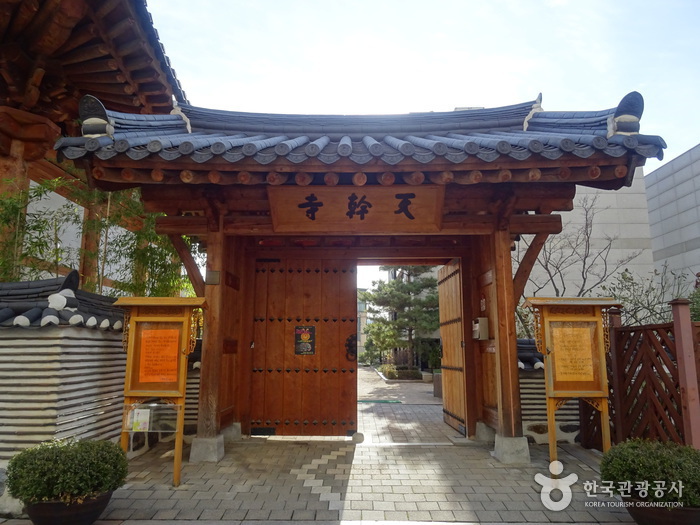

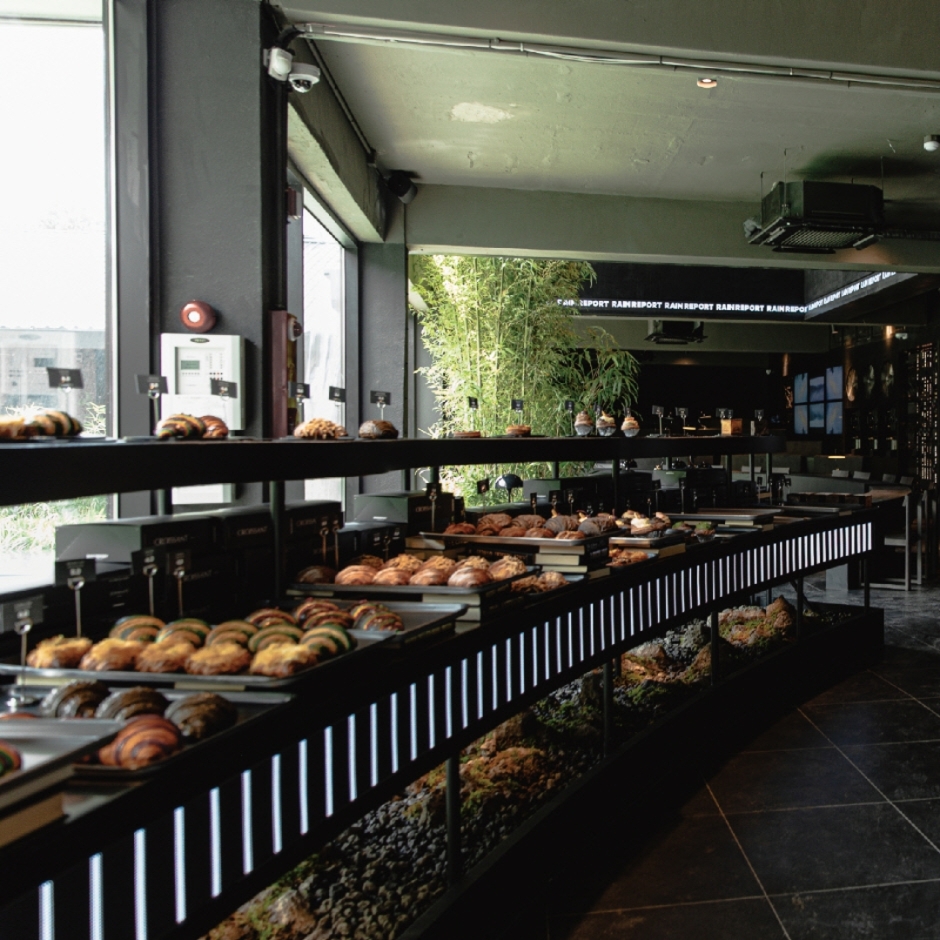
![Tumba Real Jeongneung en Seúl (서울 정릉) [Patrimonio Cultural de la Humanidad de la Unesco]](http://tong.visitkorea.or.kr/cms/resource/91/2622291_image2_1.jpg)
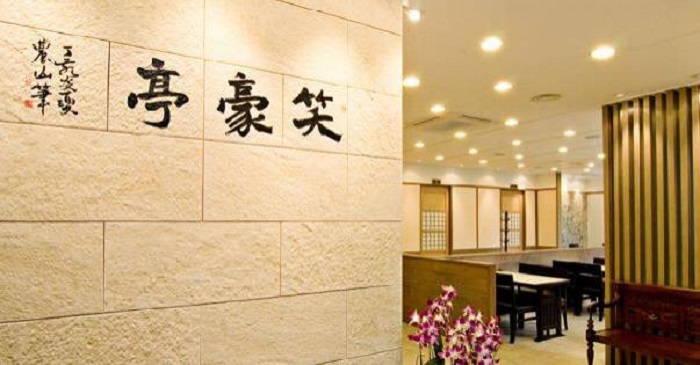
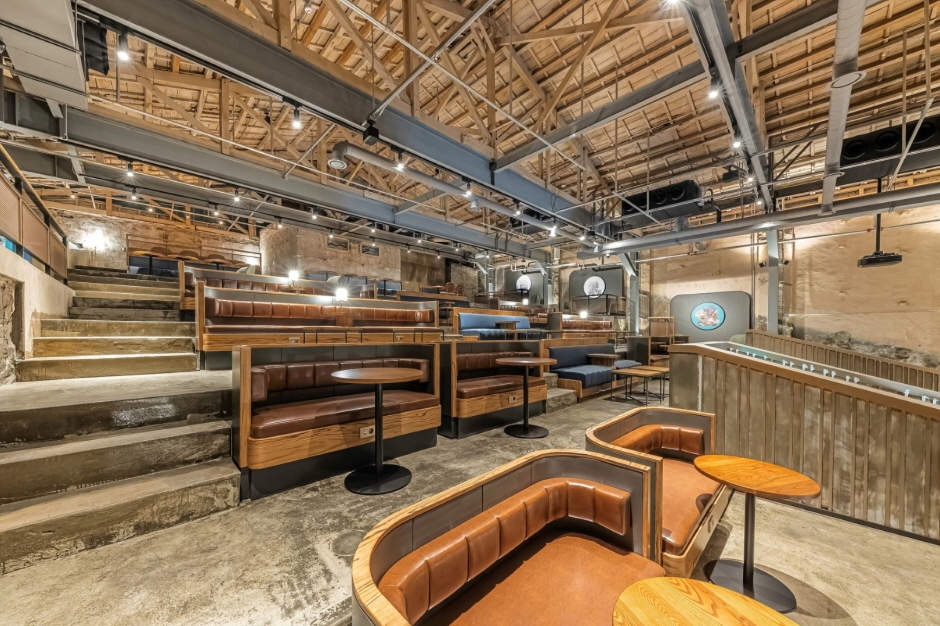
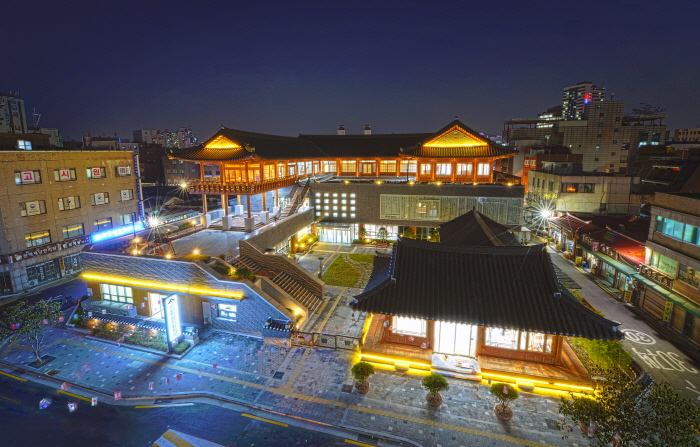
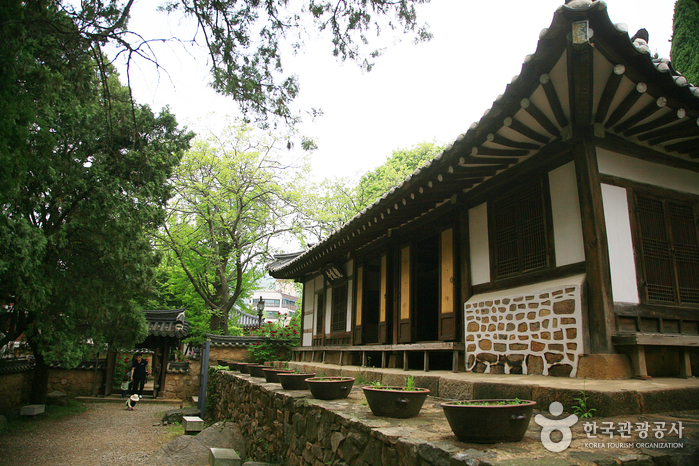
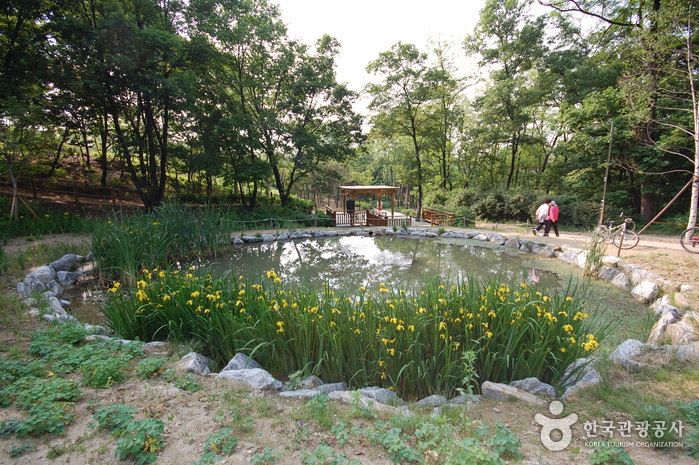
 Español
Español
 한국어
한국어 English
English 日本語
日本語 中文(简体)
中文(简体) Deutsch
Deutsch Français
Français Русский
Русский